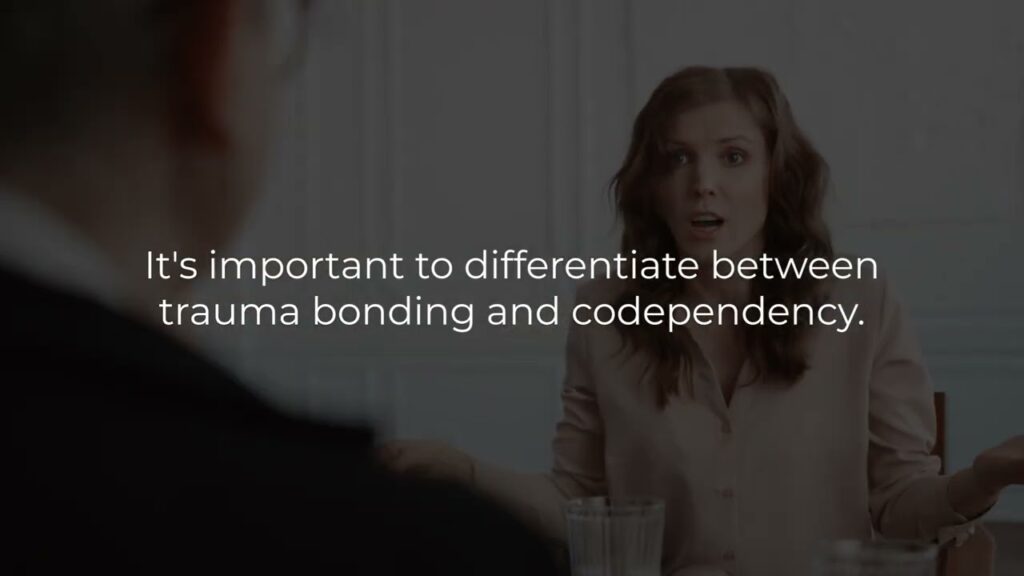Addiction isn’t just about substances—it’s about survival. For many women, substance abuse isn’t simply a reckless choice or a lack of willpower. It’s a response to deep-seated wounds, often rooted in relationships that were supposed to offer love and safety but instead delivered harm. When addiction is tangled up with trauma bonds, breaking free isn’t just about quitting a substance. It’s about untangling years of conditioning that taught you pain and love go hand in hand.
Trauma bonding happens when someone is repeatedly hurt by a person they are emotionally attached to, yet they feel unable to leave. It’s a pattern seen in abusive relationships, manipulative friendships, and even within families. These bonds form through cycles of cruelty followed by intermittent kindness, making it difficult for someone to recognize the toxicity of the situation. For women battling addiction, this same psychological trap can exist between them and the substance they use. The substance numbs the pain, then betrays them with consequences—only to lure them back in with the promise of relief all over again.
Why Women Struggle to Break Free
Women experience addiction differently than men, and trauma often plays a larger role. Many women battling substance use disorders have histories of physical, emotional, or sexual abuse. The cycle of trauma bonding teaches them to tolerate pain in order to receive small moments of comfort, a pattern that extends to drug or alcohol dependency.
When you’ve been conditioned to see love as something painful, breaking that pattern feels unnatural. The same applies to addiction. You know the substance is harming you, but the fear of letting go can be stronger than the fear of staying. That’s why quitting cold turkey or just “having more willpower” rarely works. You’re not just breaking a habit—you’re rewriting the story your brain has accepted as truth.
This is why healing must address more than just the addiction itself. Well-known and reputable women’s only centers like ARC Hazel Hills, the Fullbrook Center or Hannah’s House all have proven track records of helping women unravel these complex emotional ties. These facilities focus on trauma-informed care, understanding that addiction recovery is about so much more than detoxing. They provide the kind of environment where women can safely confront the emotional wounds that keep them hooked.
How Trauma Bonds Trick the Brain
A trauma bond works like an emotional leash, keeping a woman tethered to what’s familiar, even when it’s destructive. The brain becomes wired to crave the cycles of pain and relief, much like it does with addiction. The rush of adrenaline during a traumatic event, followed by the comfort of reconciliation, is eerily similar to the highs and lows of substance abuse.
This pattern creates a sense of dependency. In a toxic relationship, a woman might believe she needs her abuser because he’s the only one who “understands” her, even though he’s the one causing the pain. In addiction, the same thing happens. The drug or drink causes devastation but feels like the only thing offering relief. It’s a cruel trick the brain plays, convincing someone that what’s harming them is also what will save them.
Over time, emotional numbing becomes a survival mechanism. The pain is there, but it’s buried under layers of self-protection. Women caught in this cycle might dismiss their own suffering, believing it’s normal or deserved. They might say, “It’s not that bad,” or “I can handle it,” even when the damage is clear. That’s why breaking free requires not just quitting the substance but also addressing the deep-rooted beliefs that make the pain feel inevitable.
The Role of Shame in Keeping Women Stuck
Shame is one of the biggest weapons trauma bonds and addiction use against women. The idea that they should have “known better” or “been stronger” keeps them silent and stuck. Many women feel immense guilt for staying in abusive relationships or continuing their substance use despite knowing the consequences. This shame isolates them, making it harder to ask for help.
But here’s the truth: addiction and trauma bonding are not signs of weakness. They are signs of survival. Women in these situations aren’t failing—they are adapting to the circumstances they were given. The problem isn’t them; it’s the pattern they were taught. The good news? Patterns can be broken.
Healing begins with self-compassion. Understanding that your brain and body have been doing what they believed was necessary to protect you is the first step toward change. You don’t have to be ashamed of how you’ve coped. Instead, you can channel that same survival instinct into a new path—one that prioritizes actual healing instead of temporary relief.
Relearning What Healthy Love Looks Like
For many women caught in trauma bonds, the hardest part of recovery isn’t quitting the substance—it’s learning what healthy love actually feels like. When your entire emotional blueprint has been shaped by inconsistency, manipulation, and pain, stability can feel uncomfortable at first. Many women unconsciously seek out relationships, jobs, and environments that replicate the chaos they’re used to, simply because it feels familiar.
This is why quality treatment programs emphasize relational healing. Support groups, therapy, and trauma-informed coaching help women recognize the difference between love and control, support and dependency, safety and fear. When a woman finally experiences care that isn’t conditional—whether from a therapist, a sponsor, or a true friend—it rewires the way she sees relationships, including her relationship with herself.
The Road to Freedom
Breaking free from trauma bonds and addiction isn’t easy, but it is possible. It starts with awareness—recognizing that the pain you’ve normalized doesn’t have to be your reality. It continues with support—surrounding yourself with people who uplift rather than exploit. And it solidifies with time—allowing yourself the patience to unlearn old habits and build a life rooted in real, lasting peace.
You don’t have to stay stuck. Healing is within reach, and the life you deserve is waiting for you on the other side.


